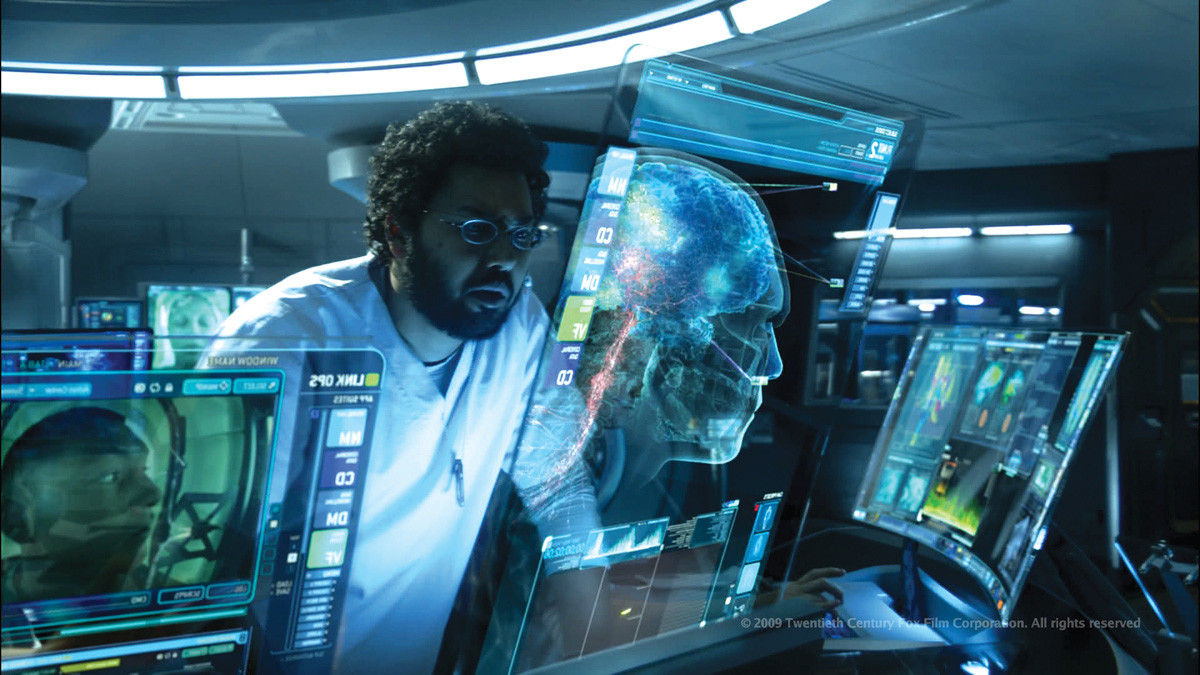History of VFX
-
Principles of Design
-
Photography
-
Computer Graphics
-
Filmmaking
-
Video Editing
-
Audio Editing
Software Covered: Photoshop, Premiere, Audition, After Effects, Element 3D, Nuke, Silhouette, 3DEqualizer
Unlock your creative potential with our 12-month Professional Program in Visual Effects, designed to prepare students for careers in the dynamic VFX industry. The program begins with the fundamentals of filmmaking and computer graphics, gradually advancing into 3D computer graphics, dynamics, tracking, rotoscopy, and compositing.

By the end of the program, students will have compiled an industry-ready portfolio, showcasing their ability to create diverse VFX shots that meet professional standards.
The Professional Program in Visual Effects is a 12-month intensive course designed to help students step into the ever-evolving VFX industry with confidence and creativity. Starting with the fundamentals of filmmaking and computer graphics, the program gradually moves into advanced areas such as 3D animation, dynamics, tracking, rotoscopy, and compositing. By the end of the course, students will compile an impressive portfolio showcasing a variety of professional-quality VFX shots, giving them a strong edge in the job market.
The first stage of the program focuses on filmmaking and computer graphics fundamentals, covering essential topics such as design principles, photography, editing, and audio-visual production. Students also gain hands-on experience with tools like Photoshop, Premiere, Audition, After Effects, Element 3D, Nuke, Silhouette, and 3DEqualizer.
The second stage introduces Maya for 3D animation and design, where learners explore modeling, texturing, lighting, rigging, and animation. This module ensures they have a strong command of industry-standard software such as Maya and Arnold, preparing them to create lifelike 3D assets and characters.
In the third stage, students dive into Dynamics and Technical Animation, exploring advanced techniques such as emitters, fluid effects, soft body, rigid body, nHair, nCloth, and nParticles. Using tools like Maya, Xgen, and Bullet, students develop the ability to simulate realistic effects and integrate them seamlessly into film and digital productions.
The final stage is dedicated to Visual Effects mastery, where students refine their skills in compositing, motion graphics, rotoscoping, colour correction, keying, camera tracking, projection, and re-lighting. By combining 3D render passes with real footage, they learn how to create visually compelling sequences. This module also prepares students to handle real-world VFX challenges such as wire removal, paint work, and stabilization.
Graduates of the program will be equipped with both creative and technical skills, making them suitable for diverse roles in the industry. Career options include roto artist, compositing artist, tracking artist, FX animator, VFX artist, CHF technician, and VFX coordinator. With a deep understanding of design, filmmaking, and visual effects, students completing this program will be highly sought after in leading VFX studios worldwide.
History of VFX
Principles of Design
Photography
Computer Graphics
Filmmaking
Video Editing
Audio Editing
Software Covered: Photoshop, Premiere, Audition, After Effects, Element 3D, Nuke, Silhouette, 3DEqualizer
Modeling
Texturing
Lighting
Rigging
Animation
Software Covered: Maya, Arnold
Emitters
Fluid Effects
Soft Body
Rigid Body
nHair
nCloth
nParticles
Software Covered: Maya, Xgen, Bullet
Graduates of this program will gain specialised skills in compositing and visual effects, with a strong foundation in design principles and filmmaking aesthetics.
Career opportunities include roles such as:
Roto Artist
Compositing Artist
Tracking Artist
FX Artist / FX Animator
VFX Artist
CHF Technician
VFX Coordinator
With hands-on training and an industry-focused portfolio, students will be well-prepared to contribute to leading Visual Effects Studios worldwide.